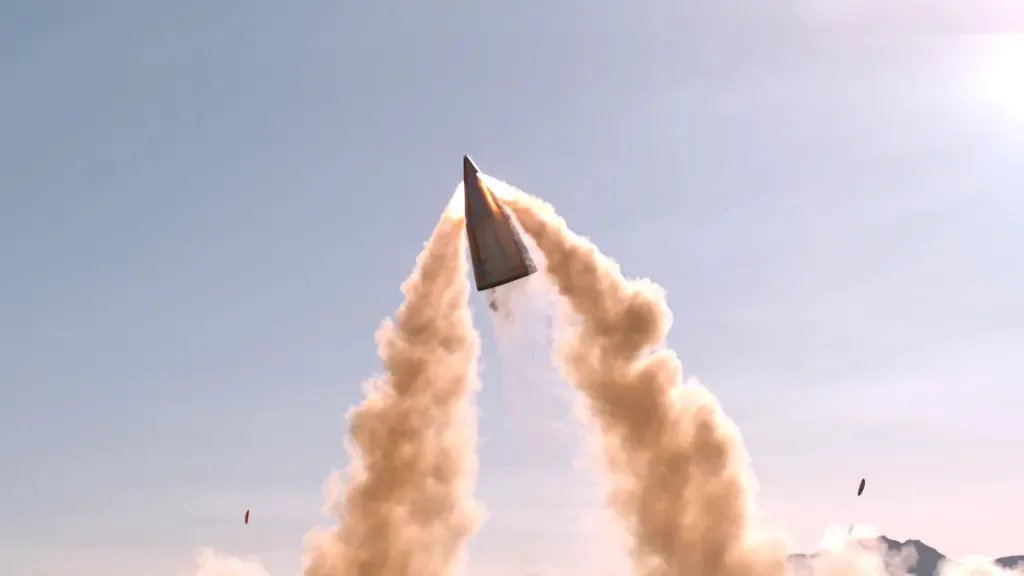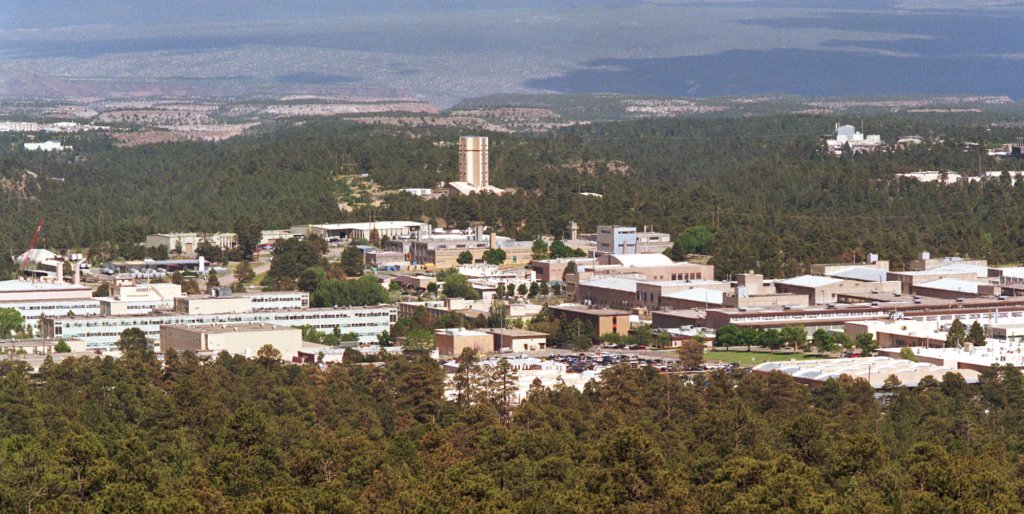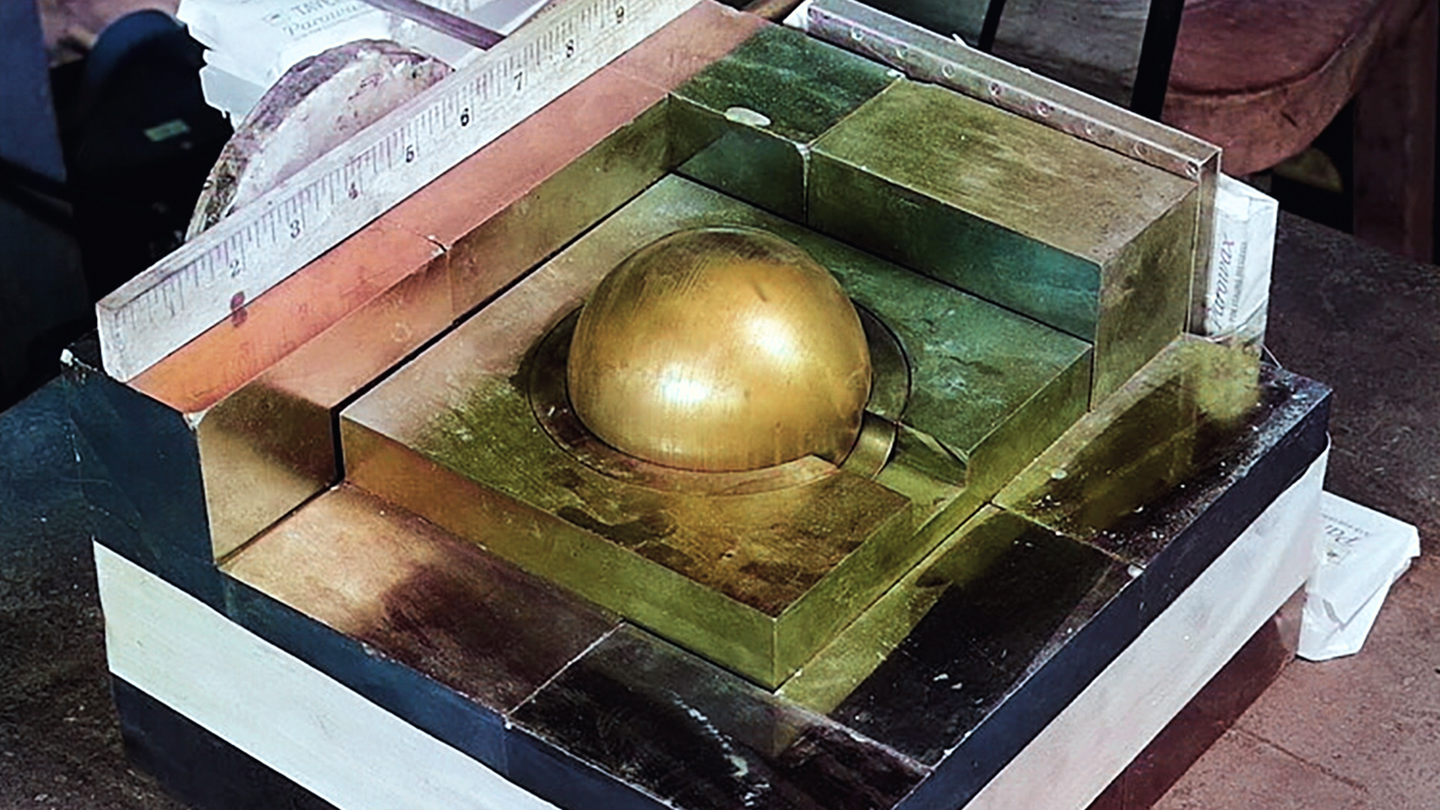The Department of Energy’s National Nuclear Security Administration (NNSA) has announced the completion of the first weapon-ready example of a vital component for the W87-1 warhead. The component, called a “plutonium pit,” is the radioactive component that acts as a first stage ‘trigger’ apparatus used to initiate the detonation of the thermonuclear device. Plans call for the W87-1s to be used in the future LGM-35A Sentinel nuclear-armed intercontinental ballistic missiles (ICBM), a program that is massively over budget and faces numerous issues.
The NNSA calls this “an important milestone for the United States’ nuclear weapon stockpile modernization” as it phases out the aging W78 warheads, one of two types that are placed atop LGM-30G Minuteman III ICBMs currently stationed in silos. The other is the W87-0.

“The W87-1 nuclear warhead will replace the W78 nuclear warhead, which was first introduced in 1979 and represents the oldest weapon in the U.S. nuclear stockpile that has not undergone a major life extension or replacement,” the Government Accountability Office noted. “The W87-1 will be carried on the Air Force’s Sentinel intercontinental ballistic missile and is slated for deployment in the early 2030s.”
The W87-0s will initially be installed on Sentinels, but those will eventually be phased out as well.
To make any of this happen, however, NNSA needs new plutonium pits. A good description of how the pits play a critical role in a nuclear warhead can be found at the Bulletin Of The Atomic Scientists, stating:
“Pits are the hollow plutonium cores of the fission “primaries” (triggers) of two-stage modern warheads. A warhead explosion would begin with the implosion of the pit to supercriticality, which would enable an exponentially growing fission chain reaction in the plutonium. That fission explosion—“boosted” by neutrons from a fusion reaction in tritium-deuterium gas injected into the middle of the hollow pit just before implosion—would ignite a much more powerful “secondary” nuclear fission-fusion explosion.”
Inside this pit of plutonium-239 is a chamber of hydrogen gas. The high temperatures and pressures created by the plutonium-239 fission cause the hydrogen atoms to fuse. This fusion process releases neutrons, which feed back into the plutonium-239, splitting more atoms and boosting the fission chain reaction, making a more powerful bomb.

The W78 warhead is said to have a yield of 335 kilotons. It is unclear what the W87-1’s exact will be, but the original W87 warhead has a reported baseline yield of 300 kilotons. The follow-on variant is understood to be modifiable to increase the weapon’s yield to 475 kilotons.
By way of comparison, the bomb dropped on Hiroshima was vastly less powerful, producing a yield of 16 kilotons.
At issue is that the U.S. hasn’t produced these pits in more than three decades.
During the Cold War, the U.S. could manufacture hundreds of these pits every year, but production ceased in 1989, NNSA explained.
The goal is to rebuild “the capability to manufacture plutonium pits, at the rate of no fewer than 80 pits per year…and recapitalize production capabilities that atrophied in the post-Cold War era across the Nuclear Security Enterprise,” NNSA states. Los Alamos National Laboratory’s Plutonium Facility-4 produced the first weapon-ready W87-1 pit.

However, the Sentinel missile program is troubled, faced with massive cost overruns and delays, including the development of sufficient plutonium pits.
As we noted previously, the U.S. Air Force is pushing ahead with Sentinel despite a new projected price tag of nearly $141 billion, close to twice the original estimate, and now years of expected delays. The main factor driving costs up is largely the result of required upgrades to existing missile silos and other launch and command and control infrastructure rather than the missile itself.

The plan to develop new plutonium pits is also facing budget and scheduling headwinds as new production facilities are needed to meet the demands.
“One of the production lines is in an advanced state of installation at the Los Alamos National Laboratory in New Mexico, the home of US pit-production expertise,” the Bulletin of the Atomic Scientists (BAS) explained in a 2023 report. “The other is to be installed at the Department of Energy’s Savannah River Site (SRS) in South Carolina, where there is no pit-production expertise.”
NNSA’S plutonium pit announcement “is significant because Los Alamos has to demonstrate that the new W87-1 (which is already in development) can actually be supplied with the new pit in time for them to be able to deliver the warhead to the military on time (when the Sentinel ICBM is ready),” nuclear weapons expert Hans M. Kristensen told The War Zone.

However, “there is considerable doubt that the pit production program and therefore the W87-1 program will be able to deliver as planned,” added Kristensen, Director of the Nuclear Information Project at the Federation of American Scientists and Associate Senior Fellow to the Stockholm International Peace Research Institute.
The planned factories “are delayed and a new lawsuit has just ruled that DOE/NNSA violated the law by shortcutting regulations,” he noted. “That will almost certainly cause further delays.”
“The timelines and cost projections are not realistic,” he posited.
The production of the first weapon-ready plutonium pit is just a first step in a long journey, Dylan Spaulding, senior scientist at the Union of Concerned Scientists, told The War Zone.
“It is important to note that this doesn’t mean production will take off exponentially. It’s likely that not every pit produced will meet standards and the congressionally mandated goal of 80 pits per year by 2030 is still very much out of reach,” he said. “We feel that that goal is both unnecessary and dangerous.”
We asked NNSA to respond to the comments, made Thursday afternoon, by Kristensen and Spaulding. We will update this story with any pertinent details it provides.
The challenges faced by the Sentinel come as China continues to dramatically expand its nuclear stockpile and ICBM arsenal, as well as Russia reemerging as a glaring strategic threat. Meanwhile, the U.S. hasn’t made a new nuclear weapon since the end of the Cold War more than three decades ago. The Sentinel program, while controversial and massively expensive, aims to keep America’s ICBM edge for decades to come, but realizing that is proving much harder than originally envisioned. So any progress, including the production of plutonium pits, is likely welcome news for the program.
Contact the author: howard@thewarzone.com
